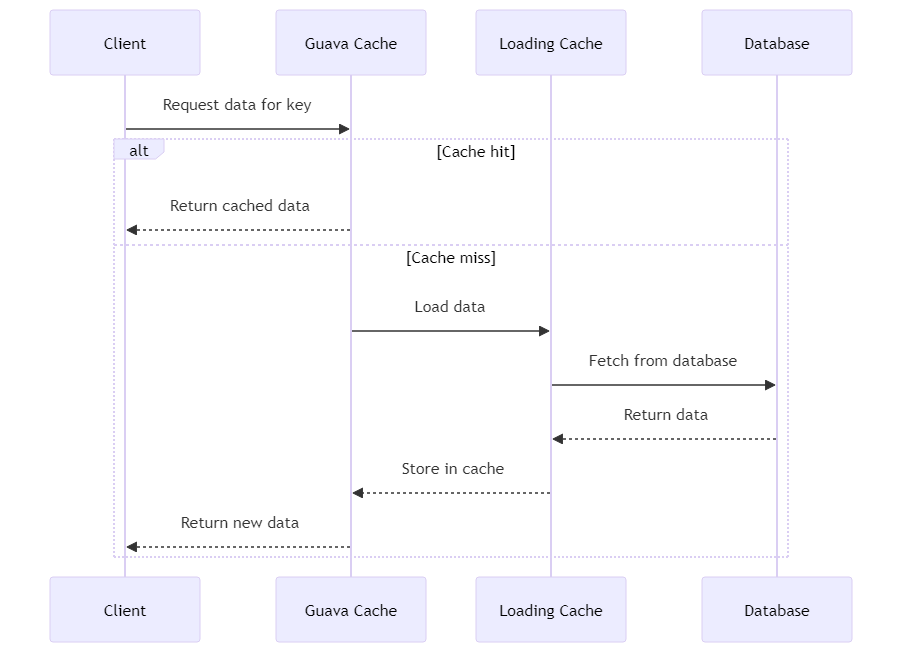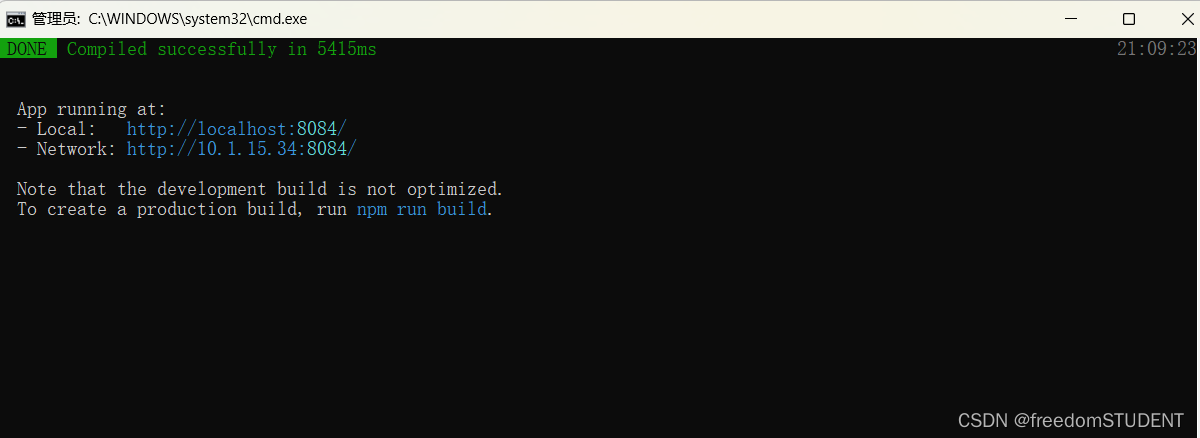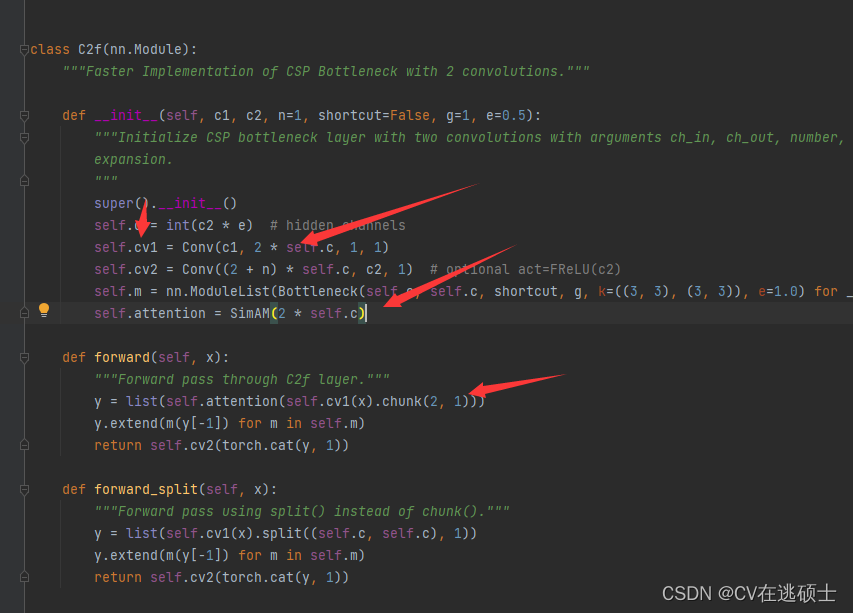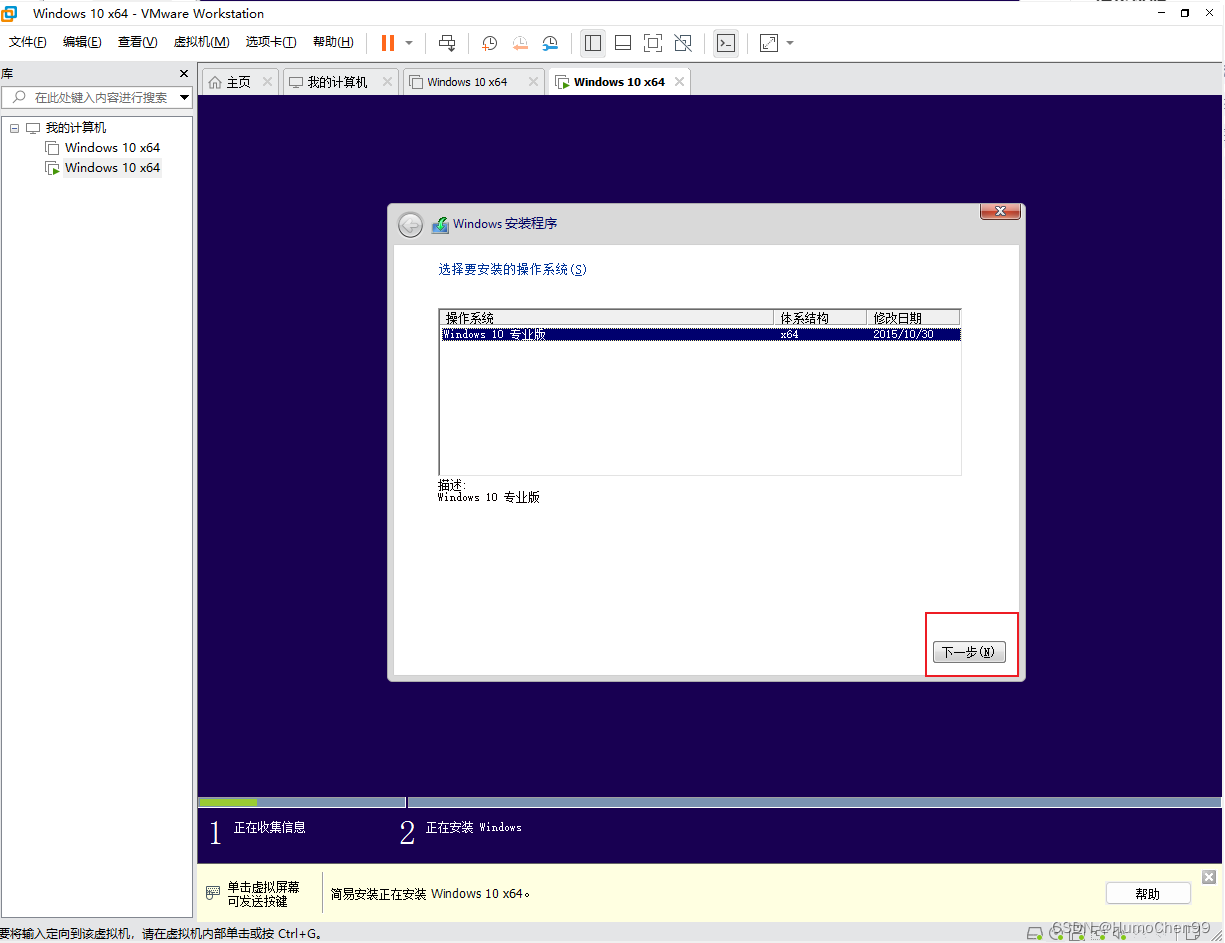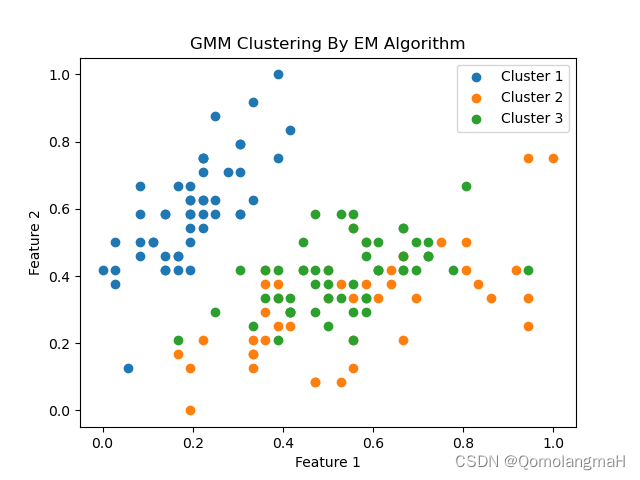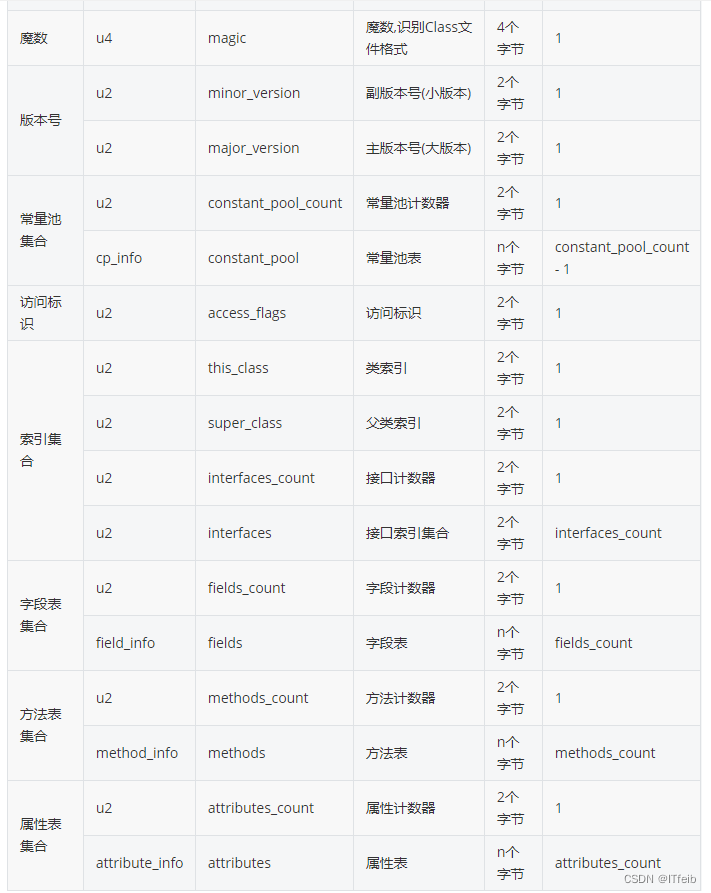单调栈
知识概览
- 单调栈最常见的应用是找到每一个数离它最近的且比它小的数。
- 单调栈考虑的方式和双指针类似,都是先想一下暴力做法是什么,然后再挖掘一些性质如单调性,最终可以把目光集中在比较少的状态中,从而达到降低时间复杂度的作用,都是算法优化的一种手段。
- 对于
的情况,
更有可能是答案,因此将
删掉。最终,剩下的是严格单调上升的序列。
例题展示
题目链接
https://www.acwing.com/problem/content/832/
代码
#include <iostream>
using namespace std;
const int N = 100010;
int n;
int stk[N], tt;
int main()
{
scanf("%d", &n);
for (int i = 0; i < n; i++)
{
int x;
scanf("%d", &x);
while (tt && stk[tt] >= x) tt--;
if (tt) printf("%d ", stk[tt]);
else printf("-1 ");
stk[++tt] = x;
}
return 0;
}单调队列
知识概览
- 单调队列最经典的一个应用是求一下滑动窗口里的最大值或最小值。
- 用数组模拟栈和队列的效率更高,这里用数组模拟。
例题展示
题目链接
https://www.acwing.com/problem/content/156/
代码
#include <iostream>
using namespace std;
const int N = 1000010;
int n, k;
int a[N], q[N];
int main()
{
scanf("%d%d", &n, &k);
for (int i = 0; i < n; i++) scanf("%d", &a[i]);
int hh = 0, tt = -1;
for (int i = 0; i < n; i++)
{
// 判断队头是否已经滑出窗口
if (hh <= tt && i - k + 1 > q[hh]) hh++;
while (hh <= tt && a[q[tt]] >= a[i]) tt--;
q[++tt] = i;
if (i >= k - 1) printf("%d ", a[q[hh]]);
}
puts("");
hh = 0, tt = -1;
for (int i = 0; i < n; i++)
{
// 判断队头是否已经滑出窗口
if (hh <= tt && i - k + 1 > q[hh]) hh++;
while (hh <= tt && a[q[tt]] <= a[i]) tt--;
q[++tt] = i;
if (i >= k - 1) printf("%d ", a[q[hh]]);
}
puts("");
return 0;
}

